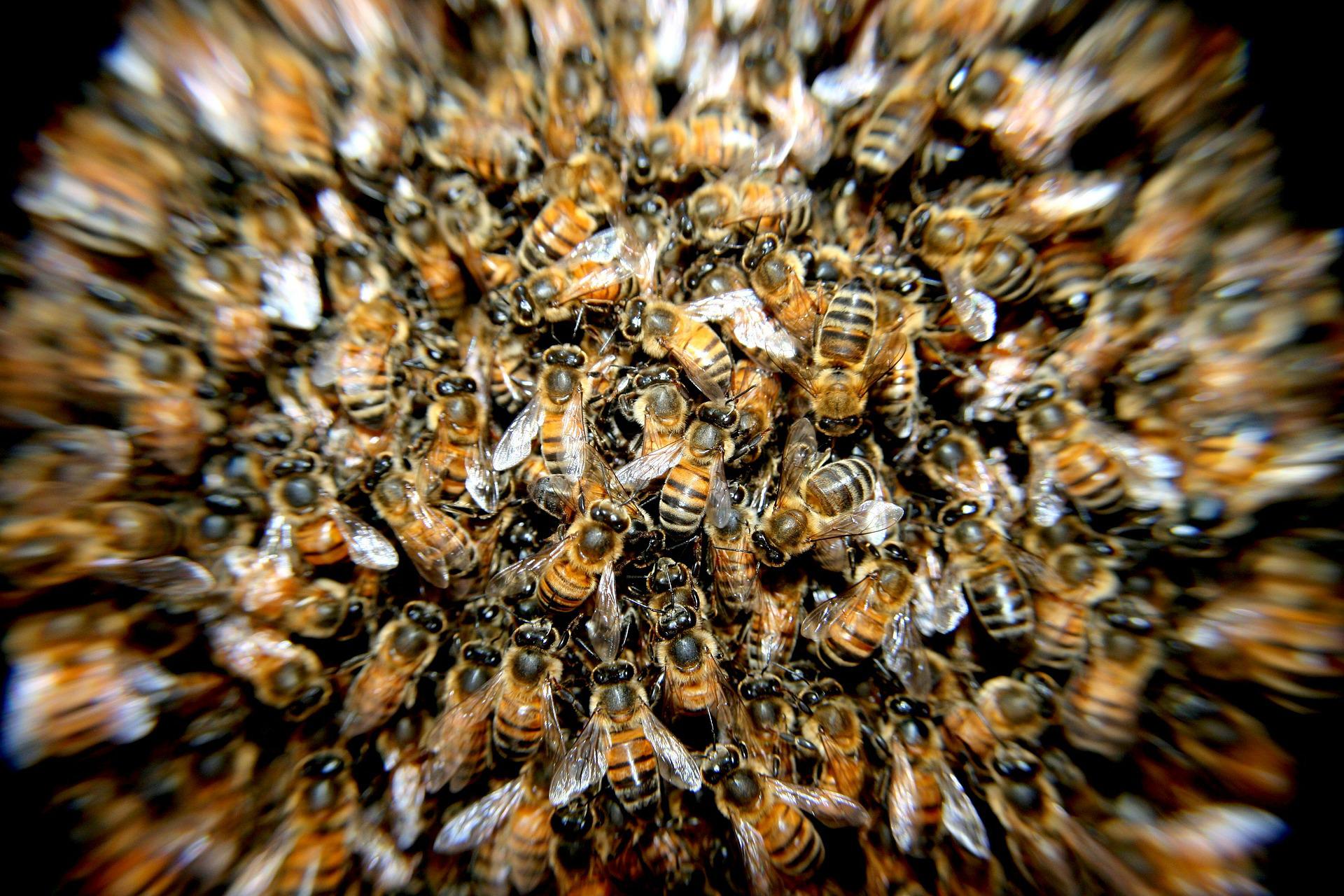
Beijing – Over the past decades, rising levels of ozone pollution have been interrupting pollination, impacting the livelihood of both plants and the animals that pollinate them.
Researchers say the excess of ground-level ozone can damage plant foliage, change plants’ flowering patterns, and act as a barrier to pollinators finding blooms.
Over the past decades, rising levels of ozone pollution have been interrupting pollination, impacting the livelihood of both plants and the animals that pollinate them.
In a review just published in the journal Trends in Ecology and Evolution, researchers explain how an excess of ground-level ozone can damage plant foliage, change plants’ flowering patterns, and act as a barrier to pollinators finding blooms.
New Zealand beekeepers reported that they lost more than 81,960 colonies during the winter of 2019. This is a loss of just over one colony in every 10.
This is roughly the same level as losses in 2018. Kiwi beekeepers believe most of these losses were caused by problems with the queen and complications related to varroa mite.
There are concerns about the direct effects of agrochemicals on pollinators but it now emerges ozone is a silent threat to pollinators and thus pollination, an ecologist at Nanjing University.
Ozone gas can be both friend and foe to the planet. In the stratosphere, 12 kilometres above sea level, ozone forms naturally and helps protect the Earth from harmful sun rays.
But below that zone, ozone is a damaging pollutant.
The Chinese researchers say ozone pollution can affect the timing and duration of flowering in such a way that the occurrence of flowering is asynchronous to the activities of pollinators.
It can also change the colour of flowers, disrupting the visual signals to pollinators. Ozone pollution can also directly react with pollen, decreasing its quality, but also indirectly changing the amount of pollen.
Ozone pollution can damage plant leaves almost instantly, leaving injury signs of diverse colours and shapes and discolouring leaves. When damaged, leaves have a hard time photosynthesizing and struggle to provide the plant with the energy it needs to grow.
Plants emit their own organic volatile compounds that act as chemical signals facilitating communication from one plant to another and alert pollinators to the presence of a waiting flower. Ozone pollution appears to be disrupting these chemical signatures.

